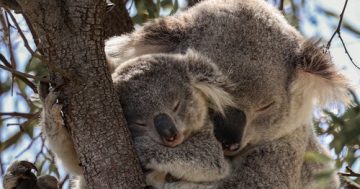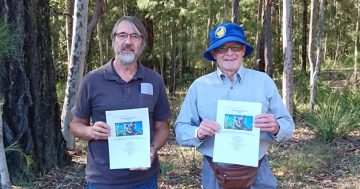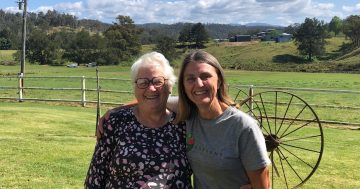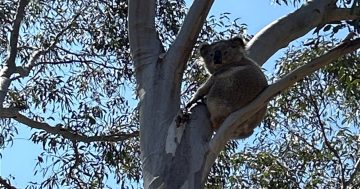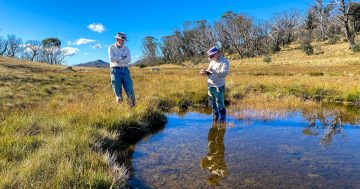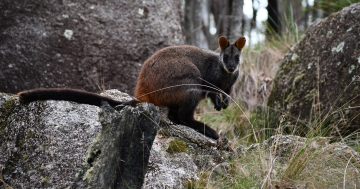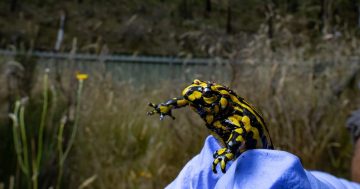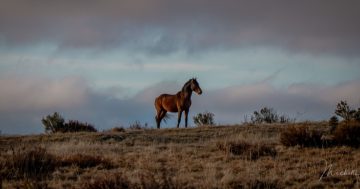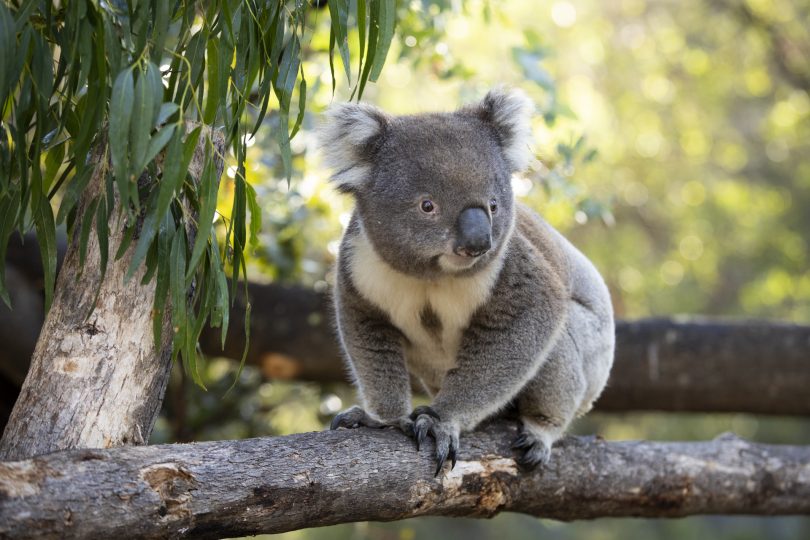
Koalas are now considered endangered in New South Wales, the ACT and Queensland. Photo: Michelle Kroll.
After years of lobbying to upgrade their status from vulnerable, koalas are now considered endangered in NSW, the ACT and Queensland.
The decision came after the Federal Government requested that the Threatened Species Scientific Committee consider the status of the koala.
It’s believed the impact of prolonged drought, the black summer bushfires, disease, urbanisation and habitat loss have led to a worrying population decrease.
The official announcement follows the Federal Government’s $50 million commitment to koala conservation and protection. Minister for the Environment Sussan Ley said that the government is taking “unprecedented action” to protect the iconic species.
“I am increasing the protection for koalas in NSW, the ACT and Queensland listing them as endangered rather than their previous designation of vulnerable,” said Ms Ley.
“Together, we can ensure a healthy future for the koala, and this decision, along with the total $74 million we have committed to koalas since 2019, will play a key role in that process.
“The new listing highlights the challenges the species is facing and ensures that all assessments under the Act will be considered not only in terms of their local impacts, but with regard to the wider koala population,” she said.
The Federal Government will also seek agreement from Queensland, NSW and the ACT on their National Recovery plan.
Eurobodalla koala researcher Dr Keith Joliffe, who created the Eurobodalla Koala Recovery Strategy, advises people from all walks of life about conservation. He says that the increase in threat level provides two key insights: “One is that they’re in really big trouble in Queensland, NSW and the ACT, but the other positive side is that when they’re given threatened status, that attracts greater controls for their protection.
“It will cause people who are engaged in development to have to jump through more hoops when it comes to the destruction of habitat. That’s the main issue for those of us that work in the area.
“Whether that’s just local householders or people with bush blocks where we encourage them to work on connectivity, or whether it’s with government agencies like forestry, council and national parks, our work now is all about how do we revive a really low-density population to the point where we can be confident it’s not going to become extinct,” he said.
The Australian Koala Foundation predicted in June 2020 that without increased work to protect the species, koalas in the wild in NSW would be extinct by the year 2050.












